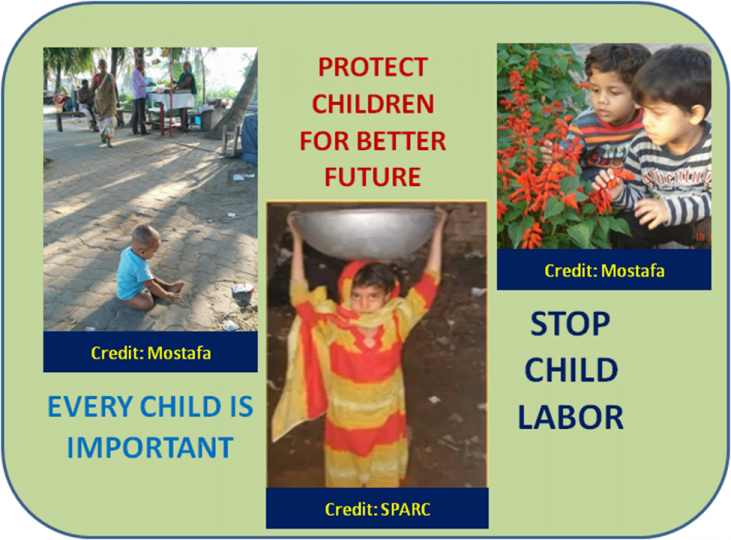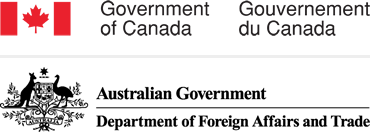Child protection is very much crucial for any society, especially in the developing nations. Whereas every child has rights – both rights of existence and rights of spirits – like any other human being, child rights are violated in different ways and in different forms all over the world. Usually it is observed that violations of the child rights are not isolated ones, rather these are combined ones.
In the webinar on 28 February 2017 organized by GIRLSInspire team at COL, the guest speaker Mr. Anees Jillani, founder and the member of the board of directors, SPARC, Pakistan, had a resourceful talk on Child Protection. He nicely shed the light on the overall scenario of violence against child. He pointed out that child protection is protecting the rights of all children against violence (physical, psychological, emotional, socio-cultural, gender-based), abuse, exploitation, neglect and discrimination. ‘So, whenever we think of child protection it is the protection from a wide variety of influences that can hurt a child’, he mentioned.
What are the forms of child abuse? Child protection is critical as they are very much vulnerable to abuse because of their immaturity and dependency. Usually girls are more vulnerable to abuse compared to boys. Mr. Anees cited a number of cases where child abuse is widespread. He mentioned that child abuse happens in various forms ranging from beating the children to sexual harassments. Sometimes children are called by their physical structure, sometimes by skin color, sometimes by their parent’s negative identity, sometimes by their poor economic conditions, etc. instead of calling them by the original names. It is observed that for a very silly reason millions of children die every year. Mr. Anees cited that, in Pakistan, almost 500000 children under the age of five die each year and the reason in most of the cases is very minor like the lack of clean drinking water, which can easily be solved if an integrated attempt is undertaken by the government and communities.
What is the international stand for child protection? To highlight the international efforts for child protection, Mr. Anees mentioned ‘UN Convention of the Rights of the Child (CRC)’ as the comprehensive ‘bills of rights’ for all children relating to protection rights, development rights and participation rights. The underlying principles of CRC that clarifies its comprehensiveness are as follows: Non-discrimination (Article 2), interest of the child (Article 3), survival and development (Article 6) and Protection (Article 19, 32, 33, 34, 35, 36), the child’s opinion (Article 12), right to identity (Article 7).
Who is responsible for child protection? Mr. Anees clearly mentioned the responsibilities of the families, government and the communities categorically in protecting the children. As per CRC, the primary responsibility for child protection lies with the family (nuclear or extended). The role of state is to keep eyes on the child protection maintained by the families and assist the families in protecting the children. The job of the state is to protect all the children of the country and to do that, state can play the following roles: adopting the legislative and regulatory measures for protecting children, implementing child protection systems, developing its administrative and institutional capacities to prevent and address the protection related risks, and creating awareness through increased dissimulation of information to the public. In addition, communities – NGOs and civil society groups – can play a great role in terms of awareness building against child abuse and violations.
Why child protection is critical? Children are the future of any society. They will lead the societies in future. If they are not grown up in a proper way, our future will be very much vulnerable to lot of undesired and unexpected outcomes. One example can be the present day worldwide unrest and emergence of terrorist groups. Any negligence to child protection can cause severe harm to our social, economic and cultural harmony and stability. Widespread child labor is destroying the children’s self-esteem and promotes negative reactions, which creates a perpetual cycle of poverty in the societies. Therefore, child protection is not only important for the families, it is more important for the peace and progress of the nations as a whole. Protecting child is crucial for the nations if they wish to achieve the SDGs.
Could you share one thing that you have learned from the webinar? Do you have any initiative targeting child protection? How our works with GIRLSInspire and CEFM are directly or indirectly related with child protection? I am looking forward to your contribution in this regard.
Menu



